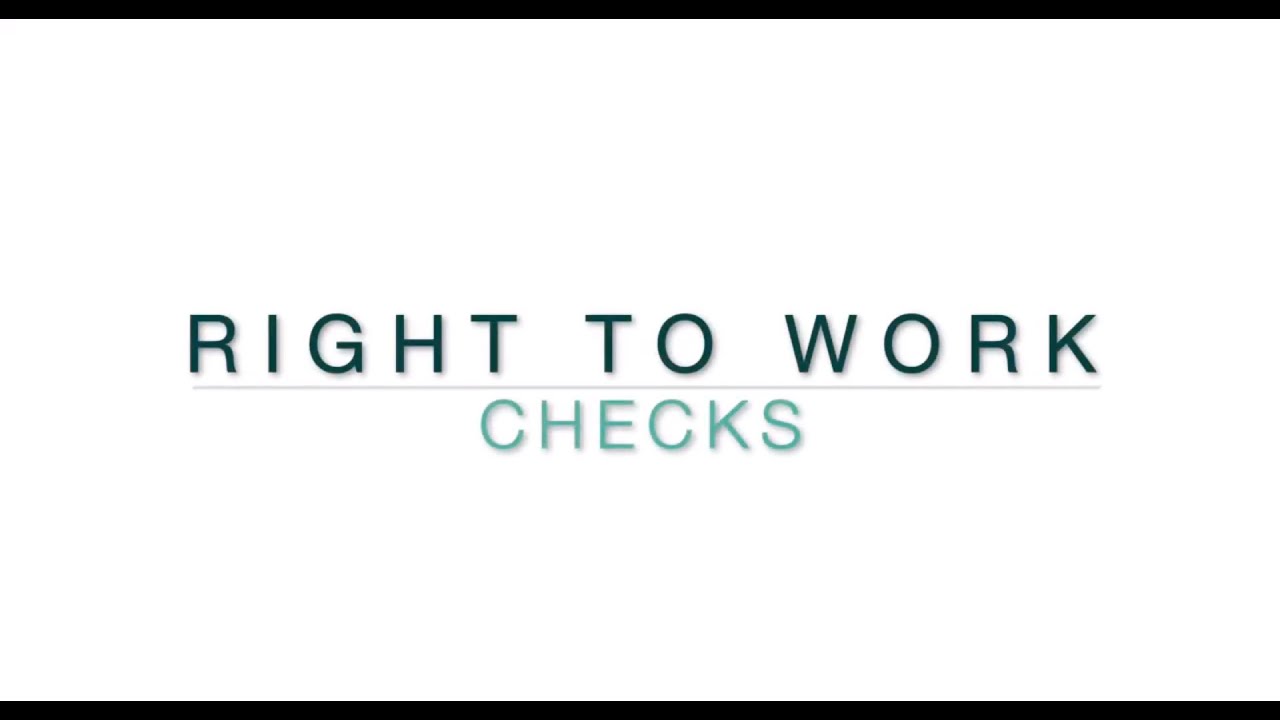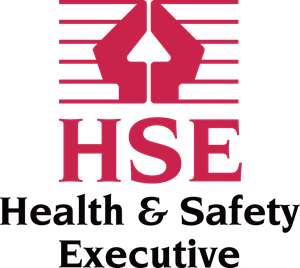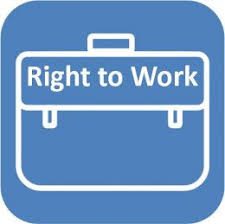In 2022, there will be an additional Public/Bank Holiday to mark Her Majesty the Queen’s Platinum Jubilee. The Spring Bank holiday (normally due to take place on the last Monday in May) will, therefore, be moved to Thursday, 2nd June, with an extra holiday on Friday, 3rd June, creating a 4-day weekend.
This means that in England and Wales, the schedule for 2022 looks like this:
Date Public Holiday (Dates in italics are not the official holiday)
Saturday 1 January 2022 New Year’s Day
Monday 3 January 2022 Substitute day for New Year’s Day
Friday 15 April 2022 Good Friday
Monday 18 April 2022 Easter Monday
Monday 2 May 2022 May Day Holiday
Thursday 2 June 2022 Spring Bank Holiday
Friday 3 June 2022 Platinum Jubilee Bank Holiday
Monday 29 August 2022 Summer Bank Holiday
Sunday 25 December 2022 Christmas Day
Monday 26 December 2022 Boxing Day
Tuesday 27 December 2022 Substitute Day for Christmas Day
All employees are entitled to a set number of days off work each year by way of paid leave. The minimum statutory annual leave entitlement is 5.6 weeks’ paid holiday per year, which is equivalent to 4 weeks plus 8 Public/Bank Holidays. An employer may offer enhanced rights over this legal minimum under the terms and conditions stated within their employment contracts.
However, by law, Public or Bank Holidays do not have to be given as additional paid leave, although an employer can choose to include Public/Bank Holidays as part of an individual’s statutory annual leave entitlement. If so, this essentially means that if your place of work is closed on some or all Public/Bank Holidays, you can require employees to take these days as part of their paid holidays. Equally, you may choose to pay your employees for Public/Bank Holidays on top of their normal leave entitlement, or allow employees to take them as extra holiday days, but without pay.
In the context of any organisation that remains open on a Public/Bank Holiday, it’s again up to the employer to decide whether or not an employee needs to work those days.
In essence, the rules relating to whether employees are asked to work, or not, Public/Bank Holidays, and whether or not any Public/Bank Holidays are included in the overall paid annual leave entitlement, are a matter of what is clearly expressed in the contract of employment. Whether Public/Bank Holidays are in addition to, or inclusive of the employee’s statutory or contractual annual leave entitlement, will depend on the wording within the contract of employment.
Entitlement to the additional Public/Bank Holiday in 2022
It is important to note that employees do not have an automatic right to paid time off for an extra Public/Bank Holiday. Employers are advised to check the wording of their employment contracts, and communicate with employees about whether or not they will be required to work on the additional Public/Bank Holiday in line with the terms of their contract.
We have set out below the most commonly used phrases relating to Public/Bank Holidays that we have seen in employment contracts, and what they mean in terms of the employee’s right to have paid time off work on 3 June 2022.
| Contractual wording | Entitlement to paid time off for an additional Public/Bank Holiday |
| 1.
“20 days holiday per annum plus Public/ Bank Holidays”
|
Yes – employees will have a contractual entitlement to take paid time off on the additional holiday as the wording on holiday entitlement in the contract is not limited to the normal/usual Public/Bank Holidays. Therefore, there is a contractual entitlement to paid time off on all Public/Bank Holidays – including Public/Bank holidays which are in addition to those normally observed. |
| 2.
“28 days holiday per annum” |
Potentially – where the contract is silent on Public/Bank Holidays, the employee has the ability to request booking from their 28-day holiday allowance any of the Public/Bank Holidays, including the additional Public/Bank holiday, subject to Management approval. However, there is no increase in holiday entitlement as a result of the additional Public/Bank Holiday. |
| 3.
“20 days holiday per annum plus 8 Public/Bank Holidays”
|
Potentially – similar to above. The contract is silent on which Public/Bank Holidays are included within the employee’s holiday entitlement, and, therefore, an employee has the ability to request booking the additional Public/Bank Holiday as paid time off in June 2022. Although this would mean that the employee will not be entitled to one of the later Public/Bank Holidays in the year. We would recommend this is clarified to the employee at the time of booking annual leave. |
| 4.
In addition, you will also receive pay on or in respect of each of the eight Public/ Bank Holidays as listed below: |
No – where there is a list of Public/Bank Holidays contained within the contract, the employee will only be entitled to receive paid time off on those named Public/Bank Holidays listed (whether this list is some or all of those usually observed in England and Wales). Employees with such wording in their contract will be entitled to paid time off on 2 June 2022, as this is the date the Public/Bank Holiday referred to as the “Spring Bank Holiday” has been moved to. There is no contractual right to the Platinum Jubilee Public/Bank Holiday of 3 June 2022, only by the discretion of the Employer. |
| 5.
“20 days holiday per annum plus the usual Public/Bank Holidays observed in England and Wales” |
No – as the additional Public/Bank Holiday is not usually observed in England and Wales, so employees would not be entitled to take paid time off on the additional Public/Bank Holiday. |
The wording at point 4 above is what most of our clients will have, although it is important that you check your templates versions.
Even where there is no contractual entitlement to take the additional Public/Bank Holiday as paid time off, many employers, as a gesture of goodwill, will decide to allow their employees to take the additional holiday. If that is not possible for operational reasons, an employer may choose to provide time off in lieu as an alternative. The goodwill lost through not offering an extra day’s leave in 2022 will often far outweigh any marginal cost savings gained from not giving the day off, or from requiring employees to take the extra day from their existing holiday entitlement.
Previous approach to time off for additional Public/Bank holidays
We previously enjoyed an additional Public/Bank Holiday in 2011 (to mark the wedding of the Duke and Duchess of Cambridge) and 2012 (for the Queen’s Diamond Jubilee). Therefore, when considering whether to allow employees paid time off for the additional Public/Bank Holiday in 2022, we would recommend considering what has been done previously. If employees have previously been offered paid time-off, or time-off in lieu to mark an additional Public/Bank Holiday, to adopt a different approach in respect of the 2022 additional Public/Bank Holiday may cause a negative reaction from employees (in particular, those with long enough service to have been working when this happened previously).
Requests for time off work
Even though employees have a right to a minimum number of paid days holiday each year, employees are not normally entitled to pick and choose when they take this time off. Employers need to manage staff rotas to ensure that they have the necessary available cover at all times to ensure business continuity.
To maintain good employee relations, it’s important for employers to handle any requests for time off fairly and consistently. As an employer, you should also be prepared for an influx of annual leave requests covering Monday, 30 May to Wednesday, 1 June 2022. If your workplace closes on weekends and Public/Bank Holidays, the extra Public/Bank Holiday will probably mean that many of your employees will seek to benefit from 9 consecutive days off work: from Saturday, 28 May to Sunday, 5 June 2022. As it is highly unlikely that you will be able to accommodate every request, a strategy will need to be considered in advance.
The three key considerations will be:
- Decide on a fair approach whilst balancing operation needs;
- Early communication about whether or not certain groups of the workforce may, or may not, be required to work the additional Public/Bank Holiday in line with stated contractual terms;
- Set a start date and deadline for holiday/time off requests;
Our Consultants would be pleased to advise you on any element of the issues arising from this newsletter.








